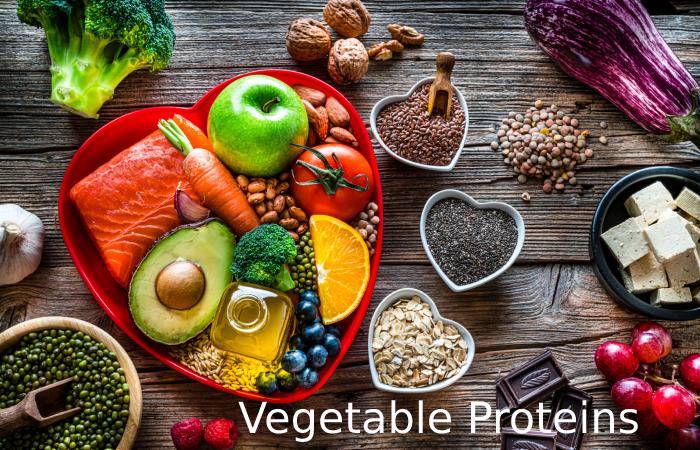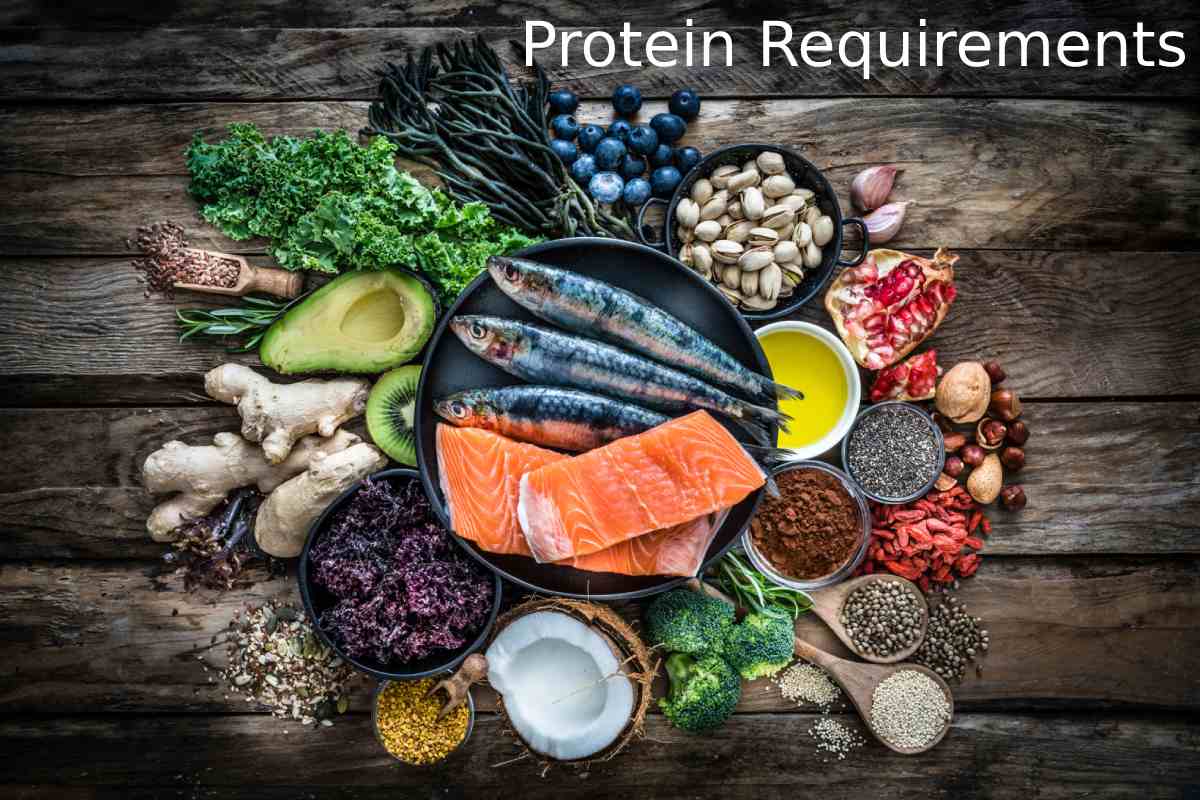Our protein needs are around 10 to 20% of daily energy intake. All proteins, whether animal or vegetable, are made up of amino acids, eight of which are said to be essential. It is because the body cannot synthesize them. The nutritional quality of a protein is the ability to provide all of these essential amino acids in optimal quantities.
Table of Contents
Animal Protein Vs. Plant Protein
Animal proteins are well balanced in essential amino acids. They generally have good digestibility and provide immediately assimilable iron. But they are cardiovascular risk factors, and their consumption leads to an acidification of the body (especially in the event of insufficient plant consumption).
Vegetable proteins generally have a lower amino acid content and rarely have all eight essential amino acids. Thus, cereals and oilseeds are deficient in specific amino acids, while legumes are deficient in other amino acids. Nevertheless, combining them to benefit from all the essential amino acids is traditional. It is the case for wheat + chickpeas in North Africa, rice + coral lentils in India, rice + soya in Japan, rice + red beans in South America, and oats + peas in Europe.
Legumes
Legumes ( beans, lentils, split peas, chickpeas, broad beans ) are rich in protein (18 to 25%) but also in group B vitamins (except B12), minerals and fiber. They can cause bloating and gas, inconveniences reduced by prior soaking and good chewing.
Vegetable Proteins
Soy
Soy occupies a special place among legumes. Indeed, the mung bean, which gives soybean germ, contains a large amount of reasonably well-balanced protein (38%), suitable quality lipids, fiber, vitamins A and B, and minerals. Among the non-fermented forms: are soy flour, soy milk, tofu (11 to 14% protein), and soy sprouts. Soy is all the more digestible and bioavailable as it is fermented: shoyu, tamari, tempeh (from fermented seeds, firmer than tofu), miso, and natto.
The Cereals
It is essential to choose the organic and unrefined for the richness in amino acids (from 8 to 10% protein). In addition to, fiber, minerals, and B vitamins (except B12). They are varied: wheat (example: seitan which is a wheat protein concentrate), small spelled, barley, oats, rice, fonio relatively rich in protein, even corn or millet poorer.
Vegetables And Fruits
Although low in protein, tubers and root vegetables (potatoes, yams, Jerusalem artichokes, cassava, etc.) are nonetheless attractive since they provide vitamins and minerals. The same goes for mushrooms (with, depending on the variety, 1.7 to 4.5% protein).
Chestnut and banana can complete, with a low protein intake but a great richness in minerals, vitamins, and fibers. Bananas are available as dessert bananas or cooking bananas (plantain).
Risks Of Deficiencies
It is possible to avoid mineral deficiencies: zinc, for example, is more present in animal proteins (the egg is rich in it), but there is some in wheat germ, sesame seeds, legumes, and Shiitake mushrooms. Likewise, calcium deficiency is easily avoided by consuming enough vegetables, especially green leafy ones.
Iron deficiency is more likely: indeed, oilseeds, seaweed, and especially legumes contain it, but it is an iron with which vitamin C must be combined to promote its transformation: fresh parsley, lemon, a salad lamb’s lettuce to accompany a combination of rice and lentils.
Conclusion
Millions of people in the world live without consuming meat, fish, or eggs for economic reasons. It also includes health reasons, environmental concerns, or for concern for animal well-being. Whatever the motivation, vegetable proteins are a good alternative.

